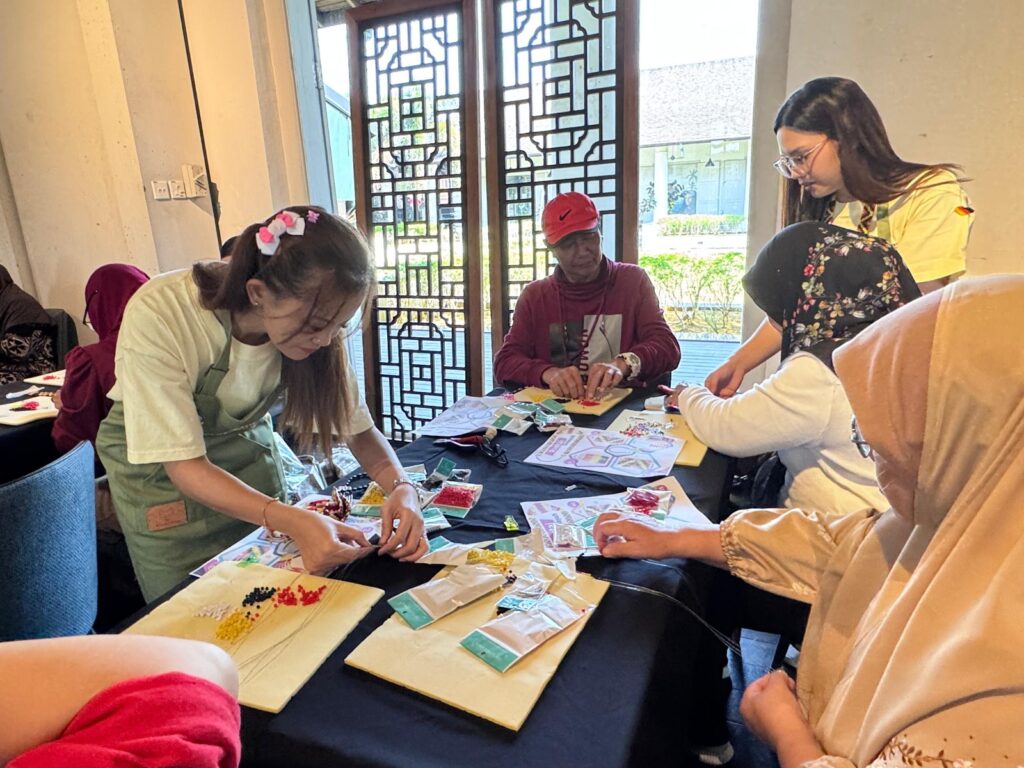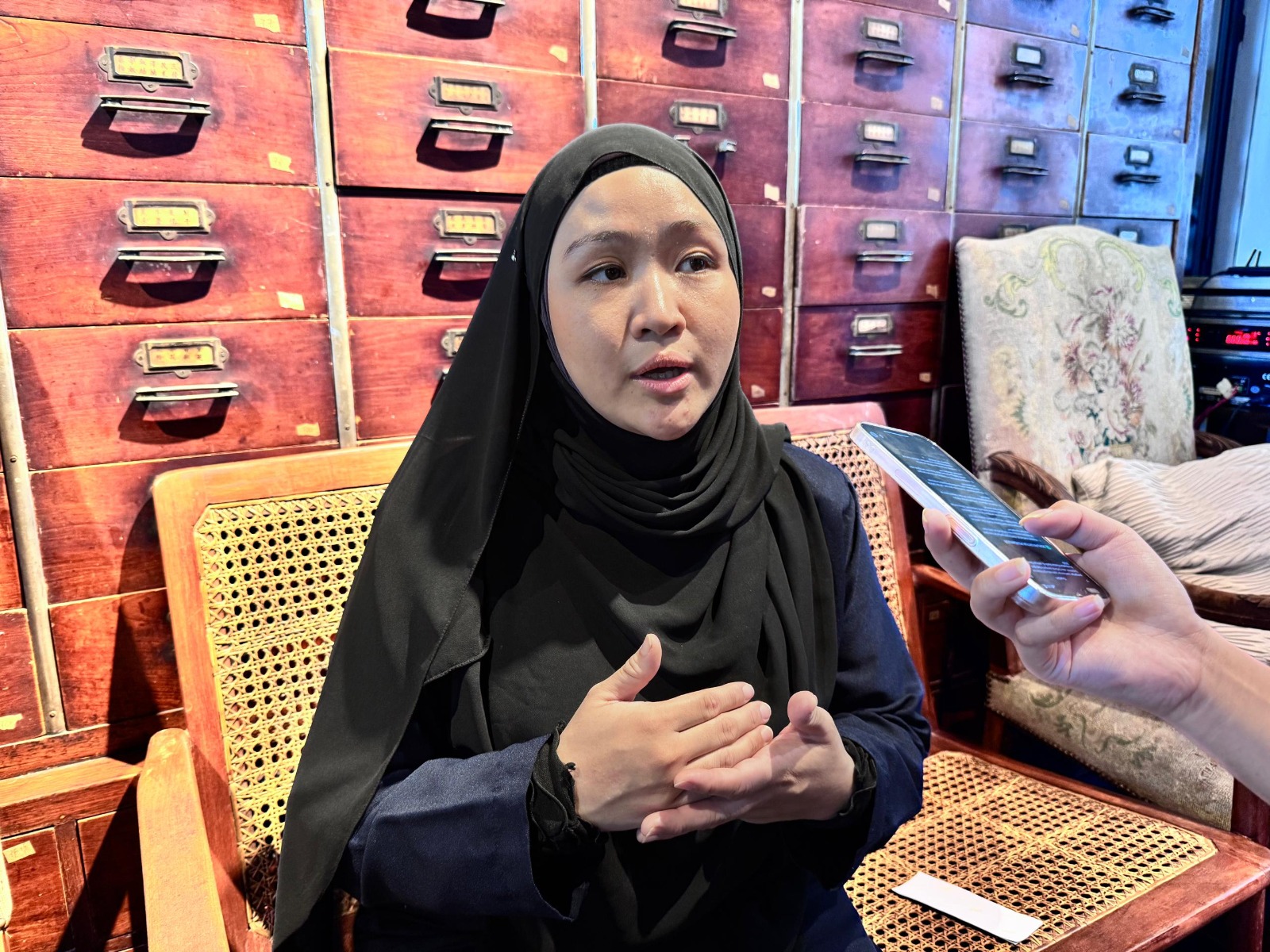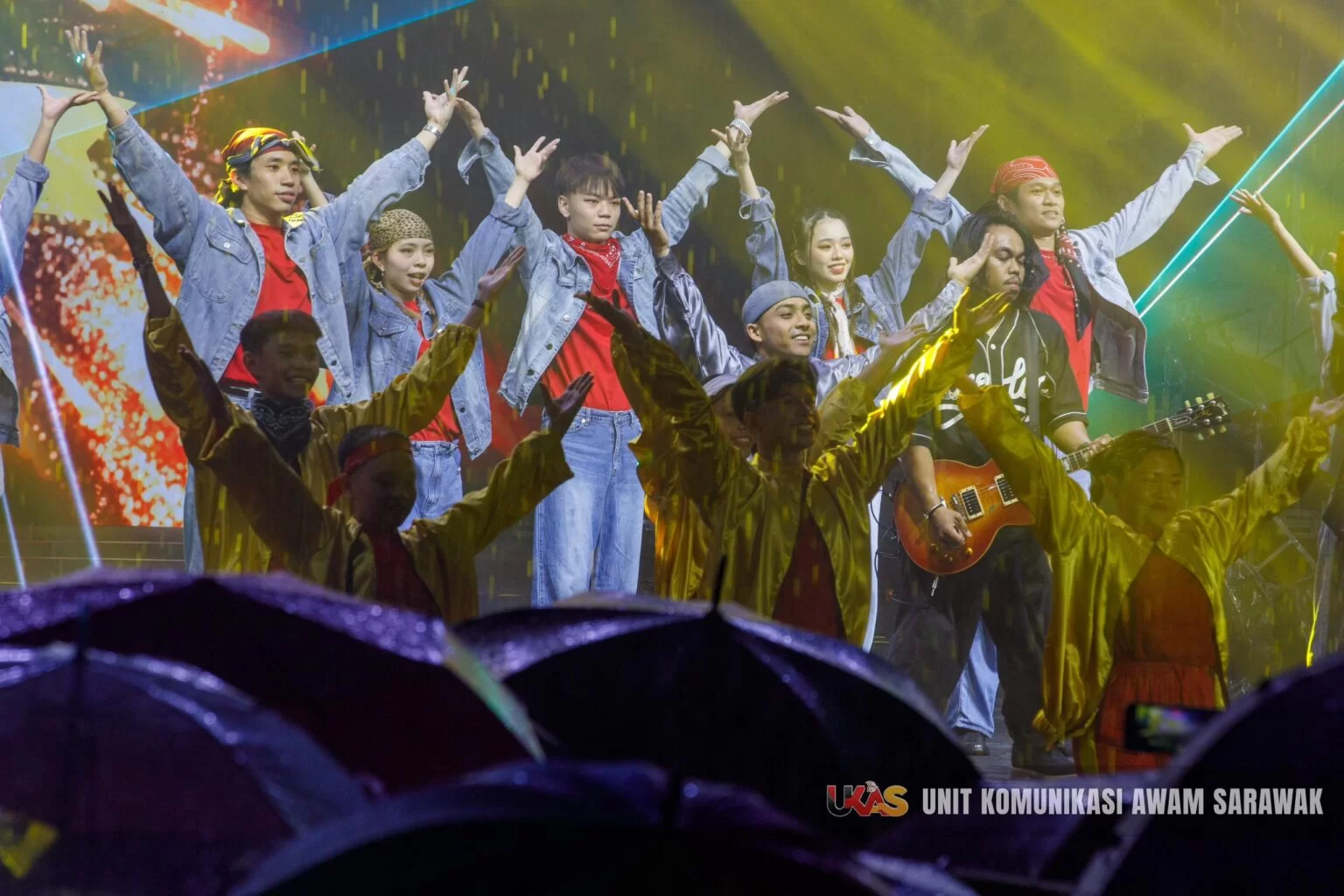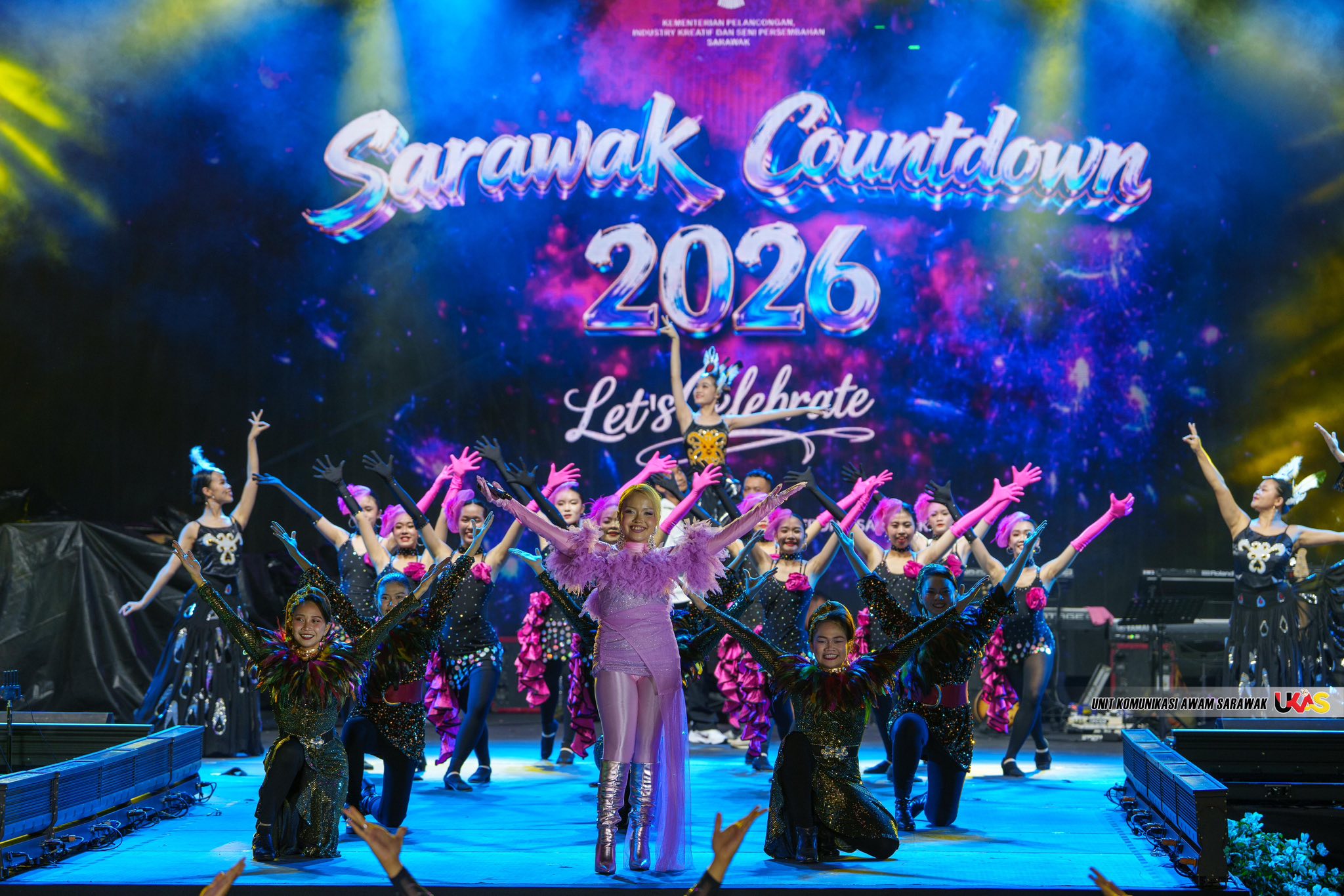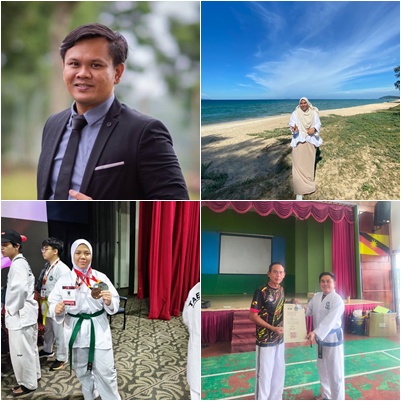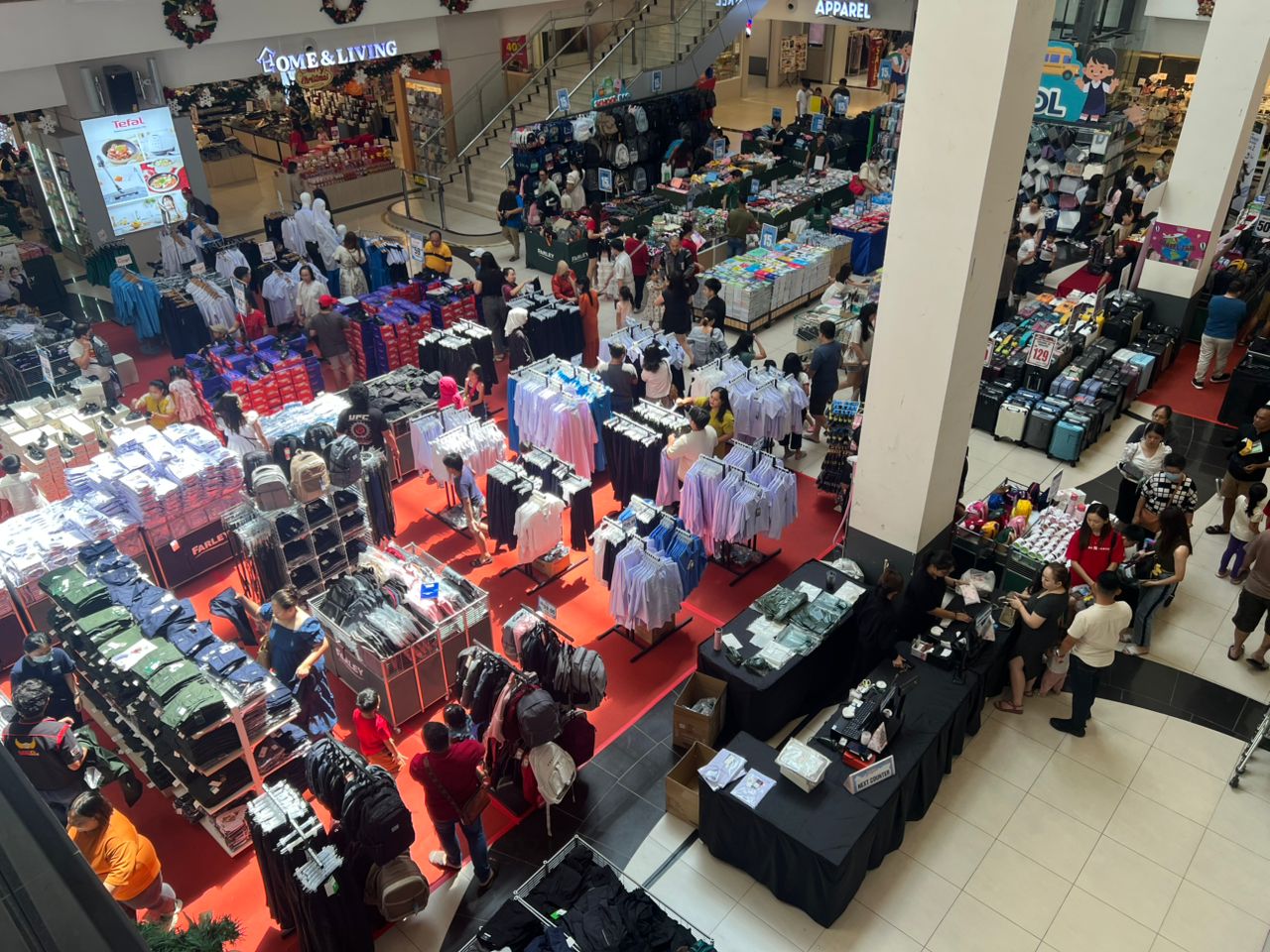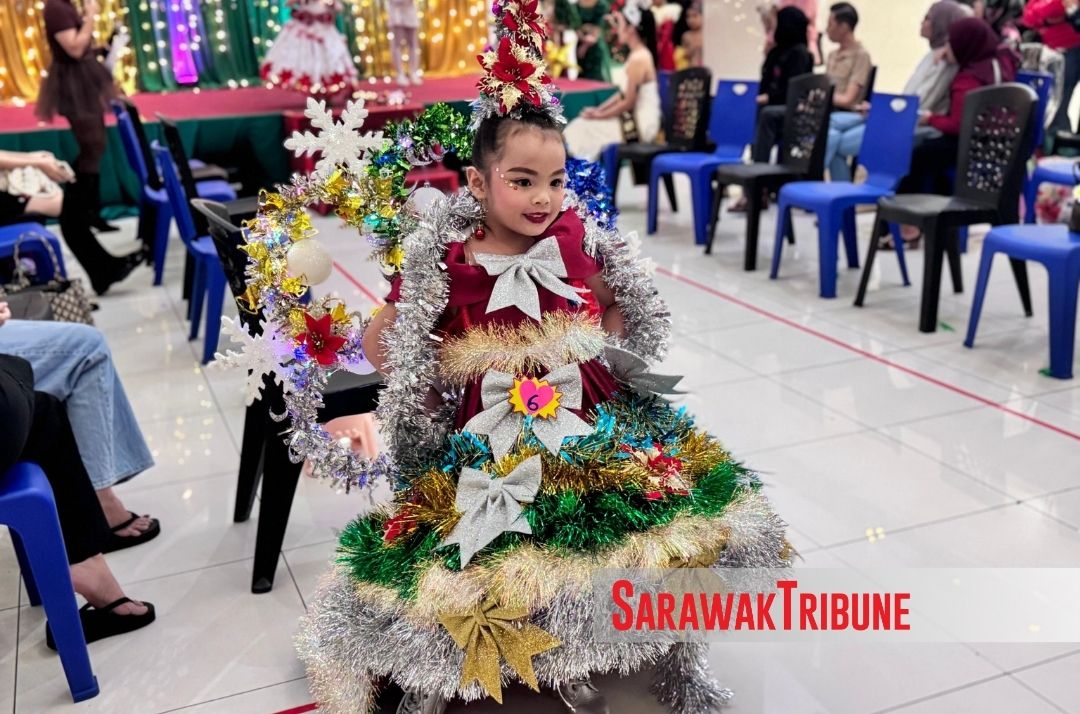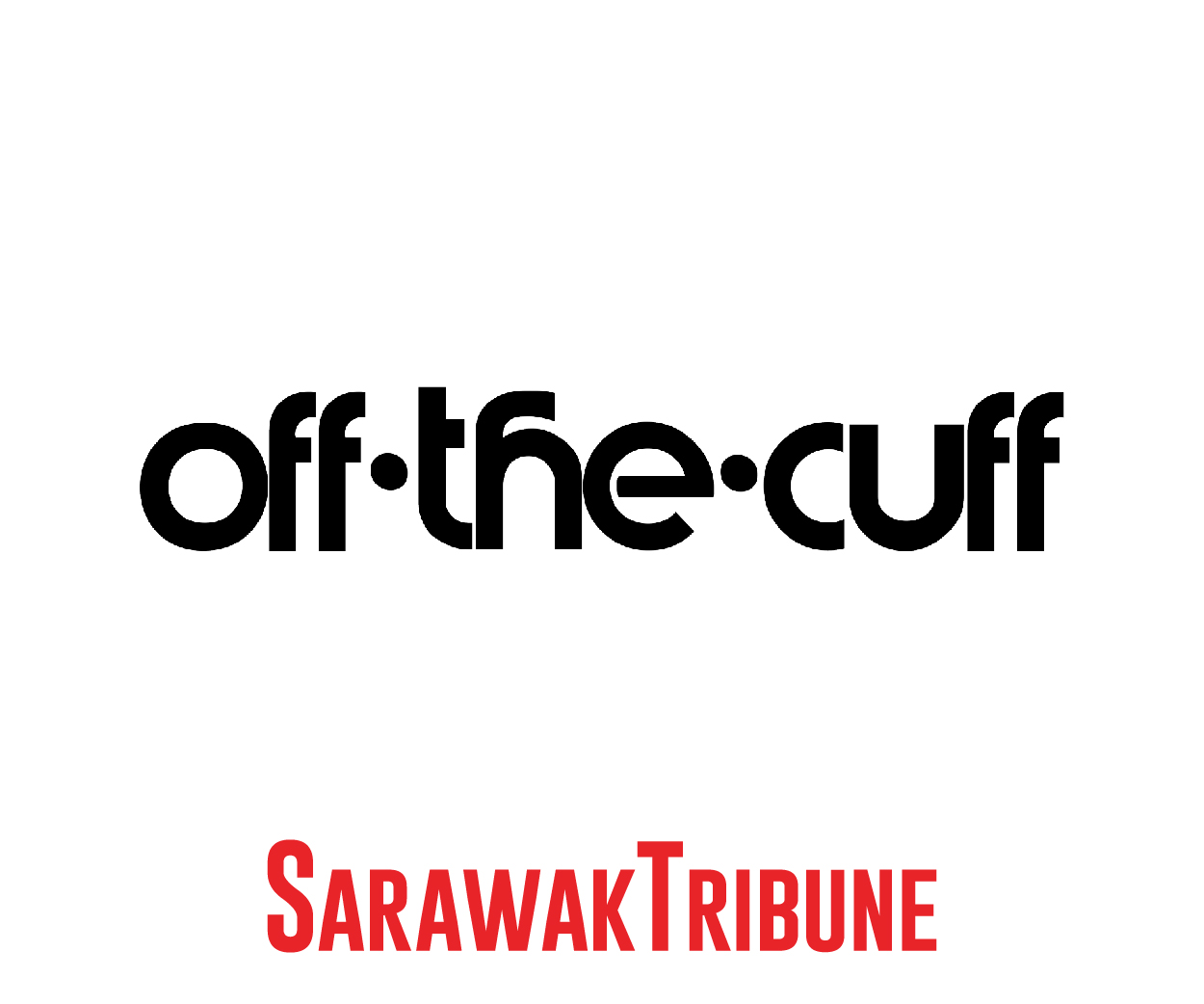KUCHING: A two-day series of heritage craft workshops organised by the Centre for Technology Excellence Sarawak (CENTEXS) Commercial and Kuching North City Hall (DBKU) attracted strong participation as locals reconnected with traditional skills of embroidery and bead-making.
The free Simo Embroidery Workshop ( Bengkel Jahitan Simo ) on July 19 and the Bidayuh Bead Necklace Workshop ( Seni Kraftangan Manik ) on July 20 attracted a total of 60 participants at the Old Court House, with the workshops running from 8:00 am to 5:00 pm.
CENTEXS Commercial representative, Yasmin Hamizah Drahman, said the simo embroidery workshop was part of the activities under the Old Kuching Smart Heritage (OKSHE) Festival and received overwhelming support from the local community.
“A total of 30 participants registered for simo embroidery, and within the first two hours, the number exceeded our target.
“Even after that, we continued to receive calls from those who were interested,” she said when met with Sarawak Tribune at the Old Court House today.
She added that the fading art of simo embroidery attracted participants of various age groups.
“Some brought along their completed simo embroidery pieces. One participant, who learned the technique back in the 1980s, shared her work with others in the workshop.
“Many also said that they had tried simo embroidery during their younger years but had not done it in a long time,” she added.
Therefore, she said that the decision to highlight simo embroidery was aimed at reviving a fading heritage art form, particularly among the Kuching community.
“ Simo embroidery is not limited to a single style; there are various motifs such as tulips and seashells.
“However, in this workshop, we focus on basic techniques first before introducing participants to more complex patterns,” she said.
Today, the programme also included a Bidayuh beaded necklace-making workshop and live demonstrations of songket and keringkam weaving by CENTEXS students.
“This approach is important to spark interest among the younger generation, allowing them to learn and appreciate the art of keringkam flower-making and the value of this cultural heritage,” she said.
DBKU assistant information officer, Shareena Mohd Salleh, hopes that such workshops will continue and see broader participation in the future.
“We also conducted a survey among participants, and many requested a continuation of the workshop, perhaps a version 2.0.
“We hope to see greater involvement from the younger generation. Although the participants came from various age groups, youth participation remains low,” she added.
Meanwhile, CENTEXS Santubong Fashion Technology, Sewing, and Fashion Design instructor, Esmanani Jawari, said the keringkam demonstration also drew the attention of tourists, providing an opportunity to introduce and promote the institution’s courses.
“For example, keringkam, which is one of the courses offered at CENTEXS, is a fascinating area of study. Each floral motif is unique and requires a different technique.
“While the basics can be learned in about 10 days, the actual learning process is continuous,” she said.
She noted that while producing keringkam might be easier for instructors, it takes time and practice for students to master the skill.
“If students have a solid foundation, they can complete a piece within one to two months. For instance, students who began in February have already completed their projects,” she said.
She also added that CENTEXS Santubong offers a range of skills-based training, including songket weaving, embroidery, and comprehensive fashion design courses.

